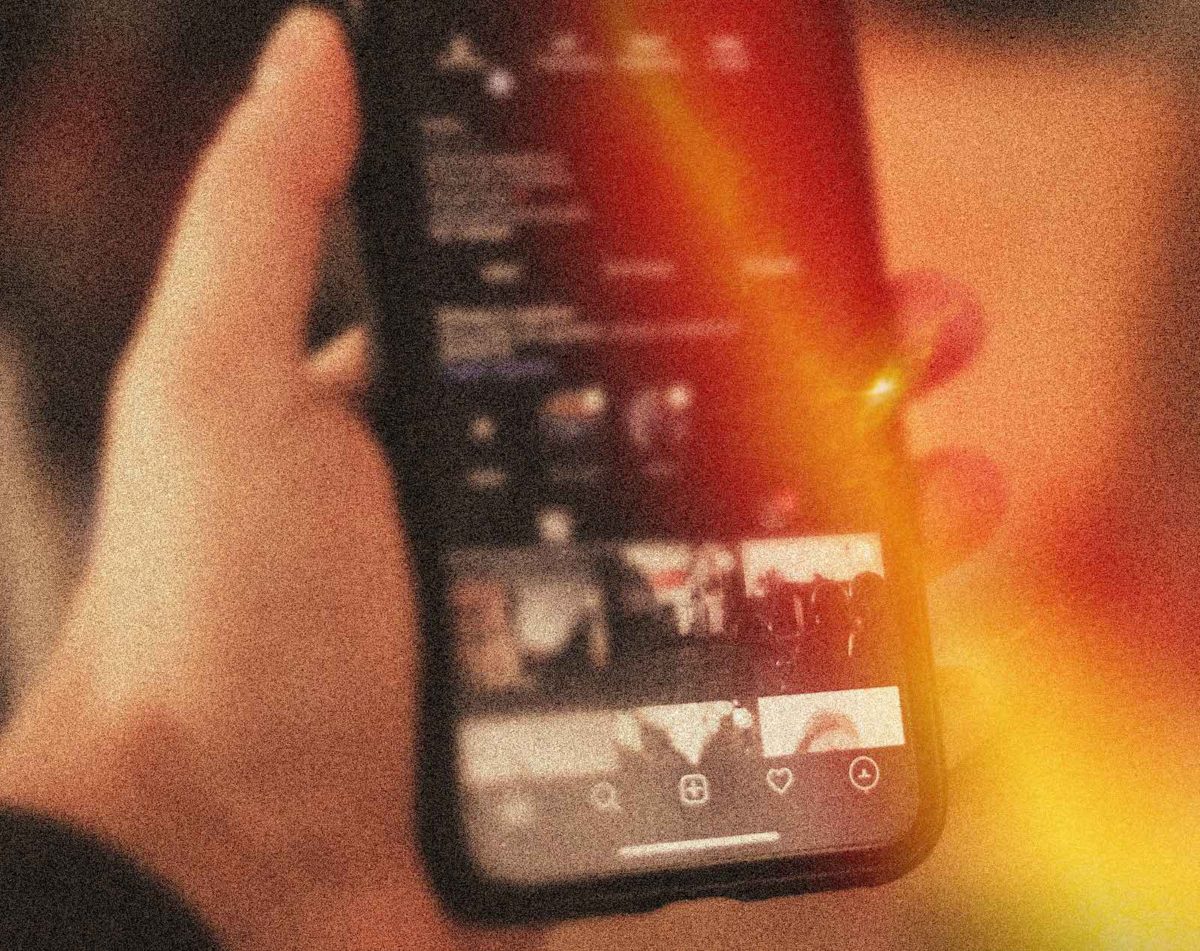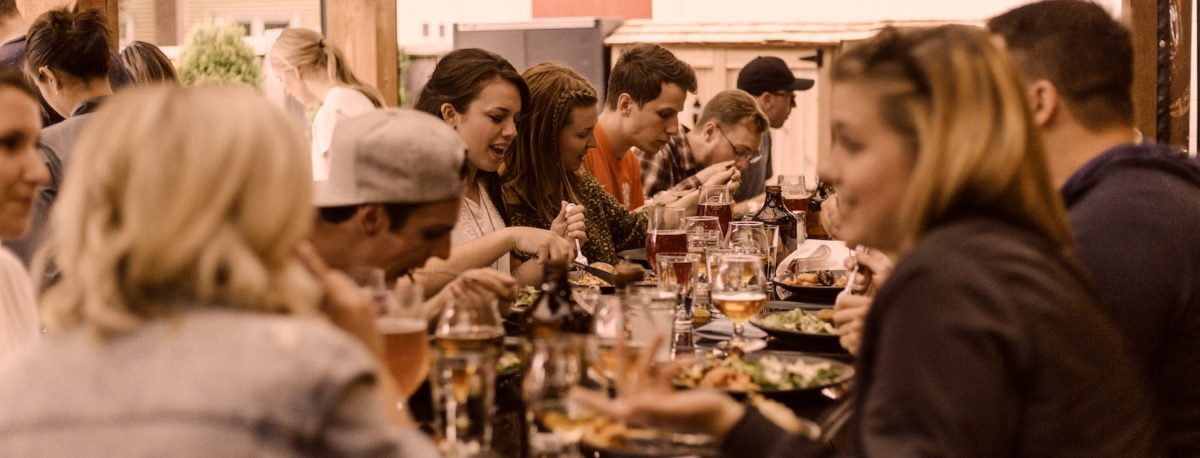In the Hapi app, you type in whatever subject matter you want to talk about, and then you’re connected with a vetted and trained active listener within a few minutes. The listeners are mainly former volunteers at crisis helplines or psychology students who study mental health, all of whom are screened about their interest in helping others.
Hapi, exists for the sole purpose of letting you vent your worries anonymously to an active listener… some people are intimidated to book a therapist appointment. Using Hapi works as a way to dip your toes into what it feels like speaking to someone else about your stresses… As genuine as their intensions are, your loved ones often can’t be objective listeners
– I Tried An App That Let Me Vent To Strangers For A Week
It reminds me so much of the Someone To Talk To lightweight chat service I’d considered building. A lightweight, affordable version of an otherwise high-commitment service, one that does not over-promise with technology.
Lite services thrive in areas where the choice is between nothing or full-fledged high-cost professional services. In a totally different domain, the recent explosion in stock-buying and stock-trading apps like Robinhood is an example of this.








